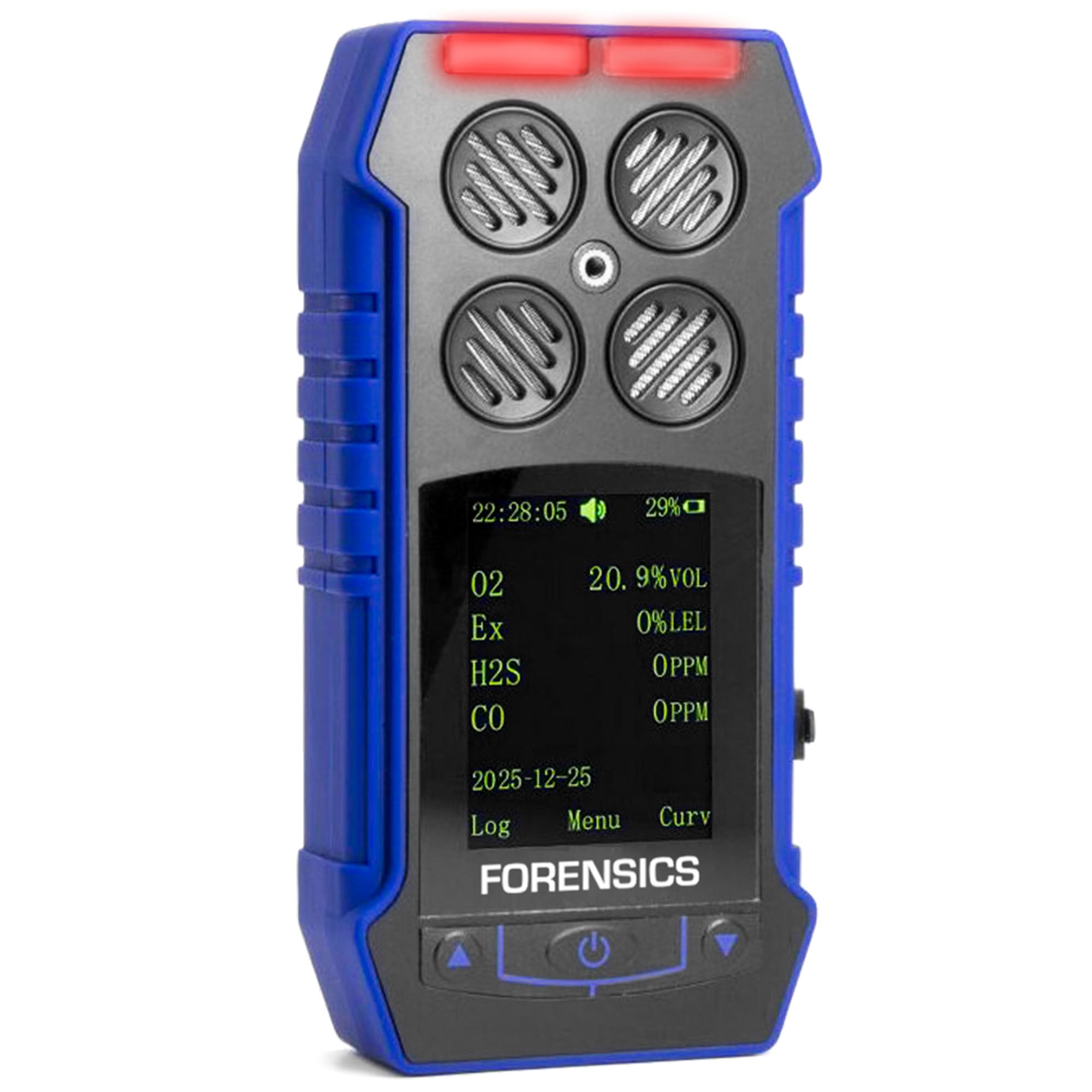
Ensuring refuge in heavy-duty, commercial, and act environments has become progressively profound, especially when it comes to monitoring unsafe gases. Gas detectors and gas analyzers are requirement tools that help identify harmful or combustible gases, keep accidents, and exert restrictive submission. By understanding how these devices go, their types, and their key applications, organizations and individuals can protect both homo health and property while optimizing work efficiency.
Understanding Gas Detectors
Gas detectors are devices specifically studied to observe the front of gases in the surrounding environment and alert users when insidious concentrations are present. These are vital for preventing exposure to cyanogenic, combustible material, or explosive gases. Gas detectors are widely used in heavy-duty settings, laboratories, and even in act areas where gas leaks can pose wicked risks. Unlike gas analyzers, which focalise on exact measuring, detectors are primarily designed to provide immediate warnings for refuge purposes.
Types of Gas Detectors
There are several types of gas detectors right for different environments and monitoring needs:
Portable Gas Detectors: Handheld devices that allow workers to move through different areas while ceaselessly monitoring air tone.
Fixed Gas Detectors: Permanently installed devices that provide current monitoring in factories, laboratories, or warehouses.
Single-Gas Detectors: Devices specialised in detection a particular gas, such as carbon monoxide or atomic number 1 sulphide.
Multi-Gas Detectors: Capable of monitoring quaternary gases at the same time, saint for heavy-duty environments.
Understanding Gas Analyzers
Gas analyzers are high-tech instruments studied to measure the of gases with high precision. Unlike detectors, analyzers focus on careful monitoring and reporting rather than just alerting. They are widely used in explore, state of affairs monitoring, and industrial applications.
Types of Gas Analyzers
Infrared Gas Analyzers: Detect gases such as carbon dioxide or hydrocarbons by measuring infrared light unhorse absorption.
Electrochemical Gas Analyzers: Accurate instruments for sleuthing toxicant gases like nitrogen dioxide, carbon monoxide, or atomic number 1 sulphide.
Mass Spectrometers: Provide elaborate analysis of gas mixtures, often used in explore and quality control.
Gas Chromatographs: Separate and quantify soul components in a gas mixing for meticulous chemical depth psychology.
Applications of Gas Detectors and Analyzers
Gas detection and psychoanalysis technology is used across various sectors to heighten refuge, submission, and operational efficiency:
Industrial Safety: Protects workers from harmful, inflammable, or gases in chemical substance plants, refineries, and manufacturing units.
Environmental Monitoring: Measures pollutant levels and ensures submission with health and safety regulations.
Residential Safety: Detects cancel gas or carbon monoxide leaks, preventing accidents and toxic condition.
Research and Development: Monitors and analyzes gas compositions for experiments, examination, and process optimisation.
Benefits of Gas Detection Technology
Using natural gas sniffer tool detectors and analyzers provides many advantages, including:
Early admonition systems that prevent accidents and fatalities
Protection of property from gas-related or explosions
Compliance with state of affairs, wellness, and safety regulations
Real-time monitoring and alerts for quicker response
Detailed data collection for operational analysis and improvement
Conclusion
Gas detectors and gas analyzers are indispensable tools for anyone looking to exert refuge, compliance, and efficiency in environments where risky gases are present. By offering right signal detection, real-time alerts, and elaborate measurements, these protect lives, safe-conduct property, and raise operational public presentation. Investing in honest gas signal detection and depth psychology applied science is a active scheme that ensures both refuge and restrictive attachment in heavy-duty, commercial message, and residential settings.
